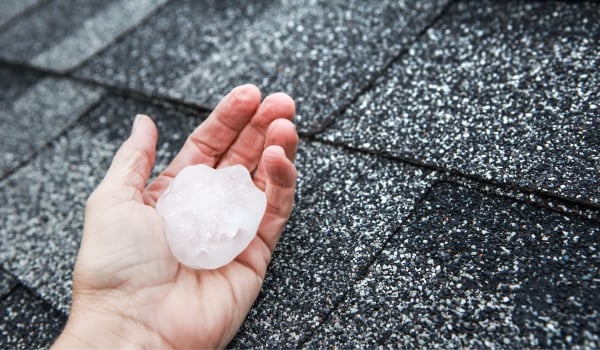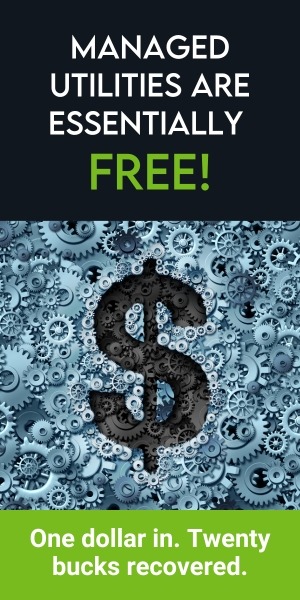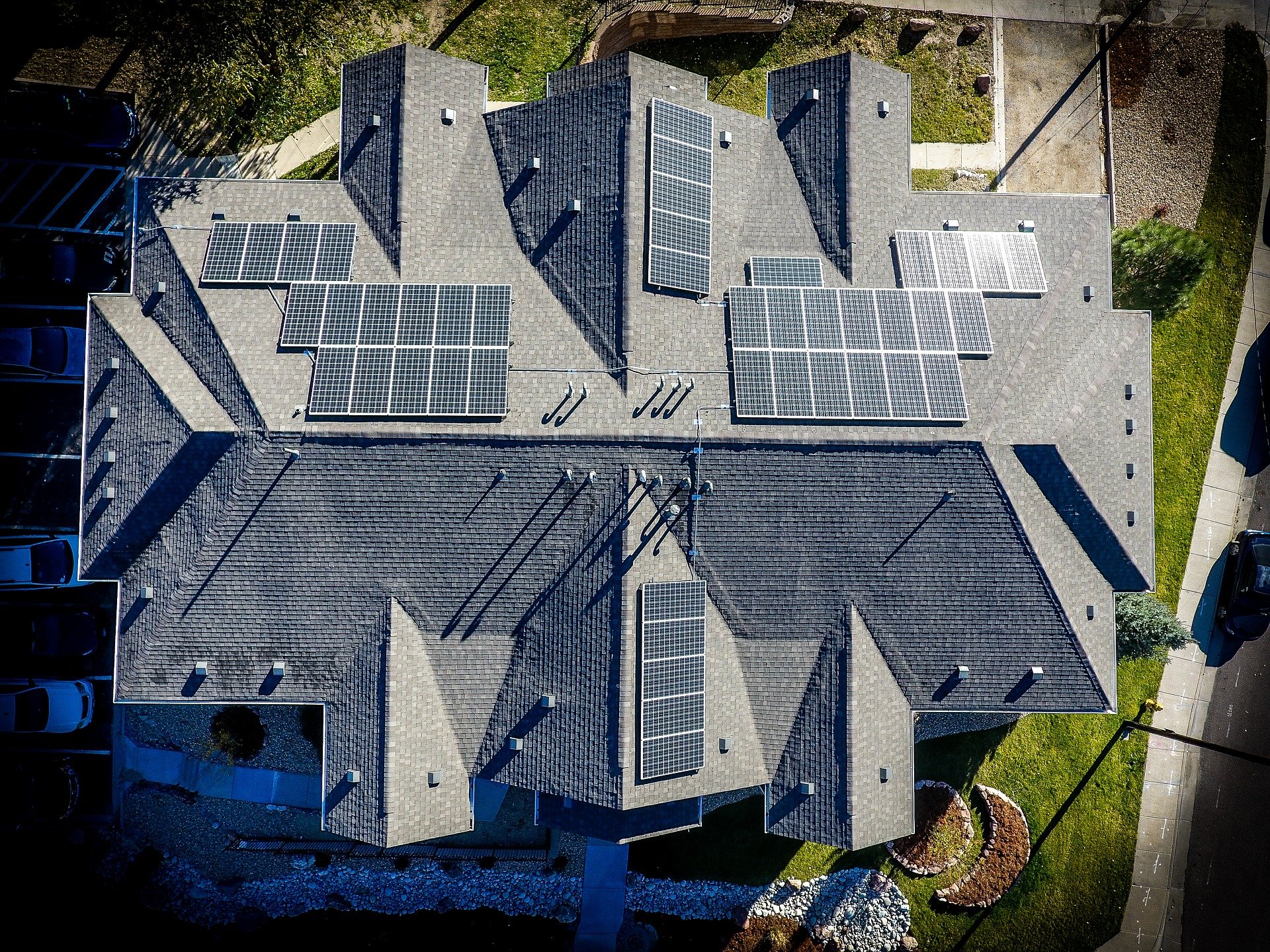Smells like rain…
Extreme weather events are becoming more frequent. It’s not a fun fact, but it is a measurable phenomena all over the world. And everyone, from the real estate insurance industry to PropTech innovators and regulatory watchdogs are taking notice.
Just this April, storms throughout the central U.S. produced hail up to 3 inches in diameter and damaged more than half a million single and multifamily properties. All told, the weather events inflicted a combined $202.5 billion in reconstruction value. A mere two months later, a single hailstorm in Texas caused $1 billion in damages. And while the penny pushers and lawmakers across the U.S. work to reorient fiscal protections for our industry, property owners—the people whose utilities we carefully shepherd every month—are left with the unhappy task of protecting their properties from the hurling ice bullets themselves.
When the Skies Go Dark, Roll Up Your Sleeves
Here’s a fun, contextualizing statistic: across a huge swath of the central United States, the annual probability of experiencing a hail event sits at a leering 18 days per year or more. The situation has reached a point where property owners are reevaluating the preventative measures to safeguard their properties.
And while hail damage is generally covered by insurance as “an act of God,” LIMITING hail damage BEFORE it occurs is the wiser bottom line course for a great many reasons.
- Roof Integrity: Even non-obvious hail damage can compromise the integrity of roofs, which can lead to more extensive and expensive problems down the line.
- Aesthetics: A property’s street appeal is no small part of its value. Hail damage to siding can pretty drastically gouge a given structure’s visual appeal.
- HVAC (our domain): Hailstones come crashing down at between 9 and 25 miles per hour. Those expensive, vital HVAC units affixed to the outside of your properties? They’ll take as much of a beating as your SUV.
Opening Your Proverbial Umbrella
So if hail is picking up and the damage it inflicts is rising throughout the U.S., how do you go about protecting your expensive, immobile investments? Here’s a few practical strategies you can leverage to keep the hail off your roofs:
HAIL GUARDS FOR HVAC EQUIPMENT
PROBLEM: Hail can damage and ruin AC condenser coils. It’s actually a really common issue faced by climate system contractors in certain regions.
STRATEGY: Hail guards! Hail guards protect the coil face, preventing damage and potentially saving thousands in repair costs. They’re cheap, and they’re fairly easy to install.
FIBER CEMENT BOARDS OR STEEL SIDING
PROBLEM: Traditional aluminum or vinyl siding withers in the face of extreme hail. Dents and cracks are inevitable.
STRATEGY: When investing in new construction or retrofits, opt for fiber cement board or steel siding—they’re crack and dent resistant, long-lasting, and low maintenance. Pricier on the front end, but a lot cheaper for the long haul.
METAL ROOFS
PROBLEM: Traditional roof builds maximize affordability. They’re also THE most likely element of your property to be whipped apart by hail.
STRATEGY: Metal roofs—especially those made of steel—are much hardier against hailstorms and last longer than asphalt. They can also save you up to 40% in energy costs (because they’re reflective) and might even earn you ENERGY STAR tax credits if used in a new construction.
The Future of Hail for the U.S. and You
As far as the future of hail throughout the central U.S., projections are mixed. Some researchers predict fewer hailstorms overall, but also foresee larger, more destructive hailstones resulting from climate change. Whichever path future hailstorms choose to take, it’ll fall on the just and the unjust alike, so taking steps to protect your portfolio will undoubtedly lead to measurable return on investments.
Luckily, many of the retrofits you can use to protect your properties provide additional, tangential ROI and benefits. From longer-lasting materials to more sustainable supply chains or efficient energy usage, the best course is to commit to retrofits and protective projects that also save you money or advance your sustainability agenda.
If you’d like to learn more about how an ESG cost analysis could guide and enhance future retrofits for your properties, hit up our ESG experts—they’re brilliant, and it’s what they work on all day everyday







